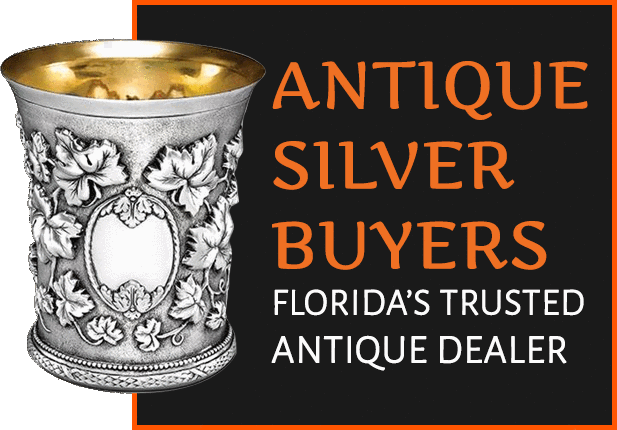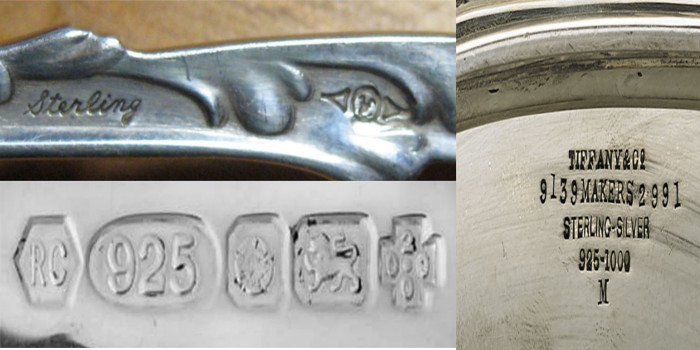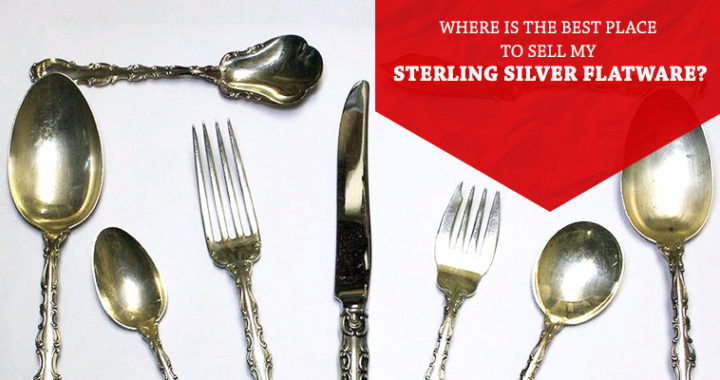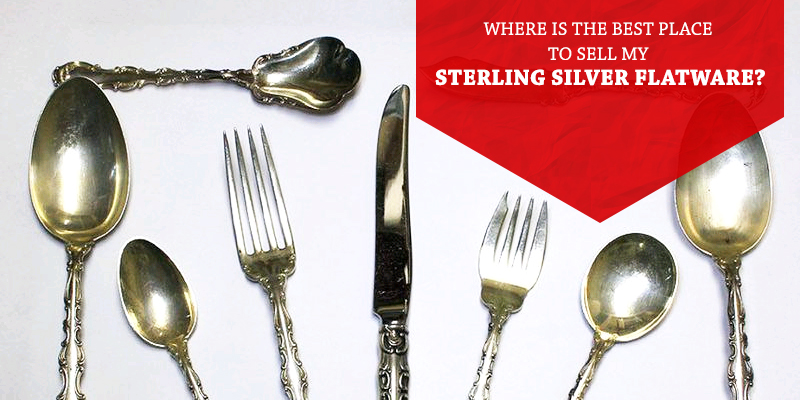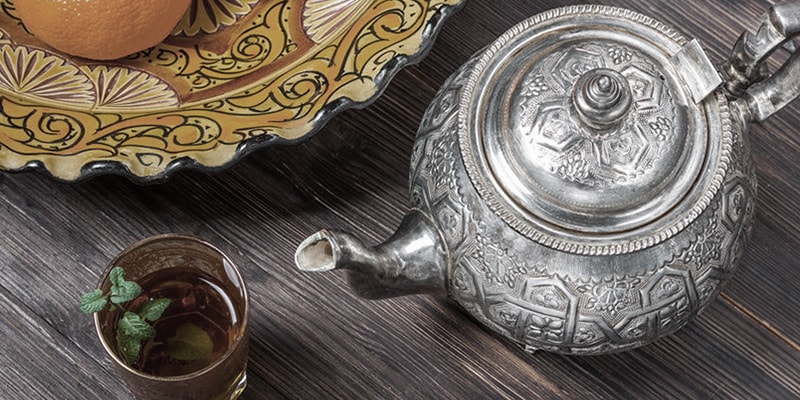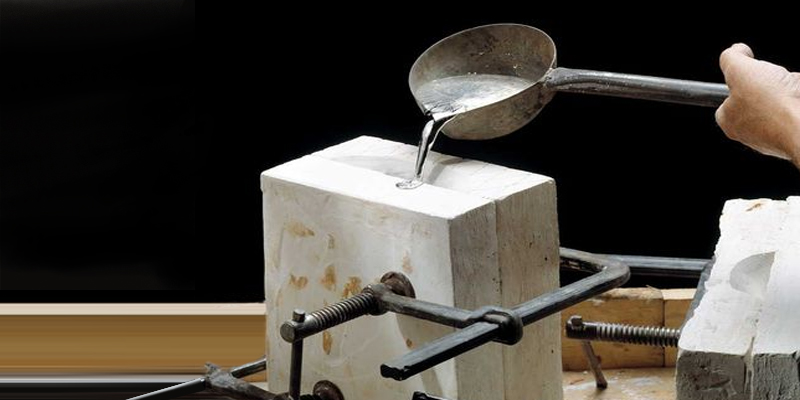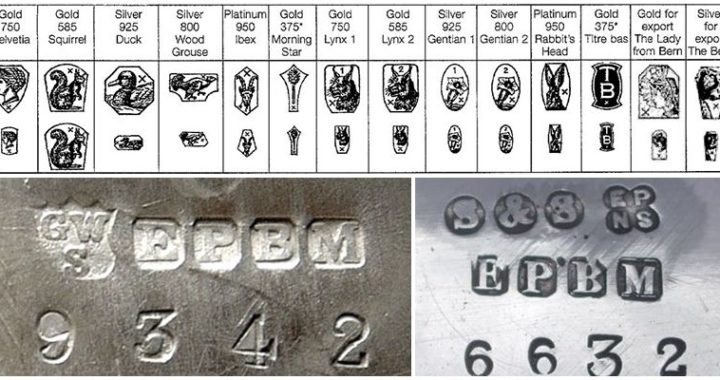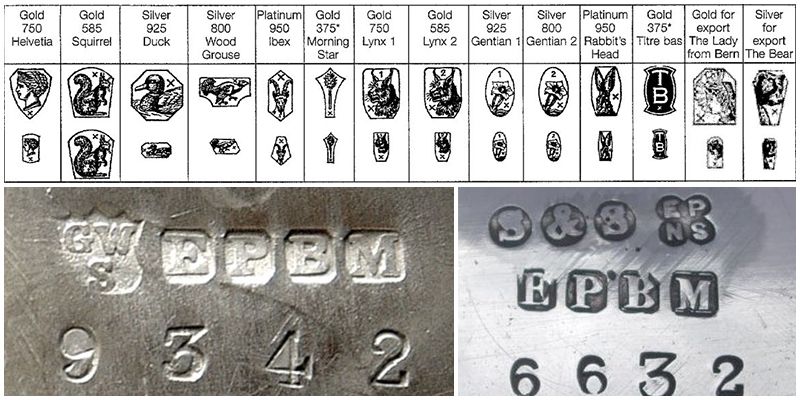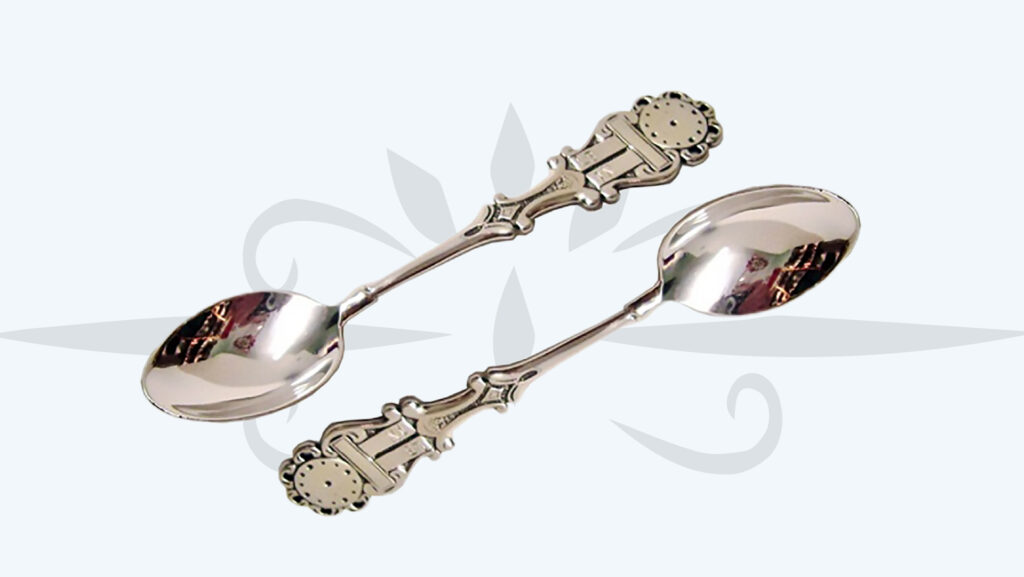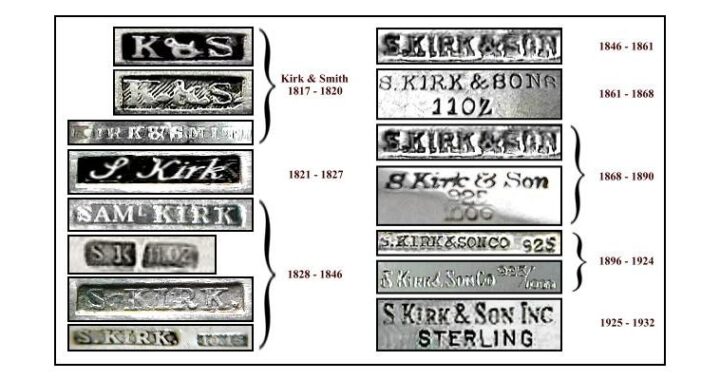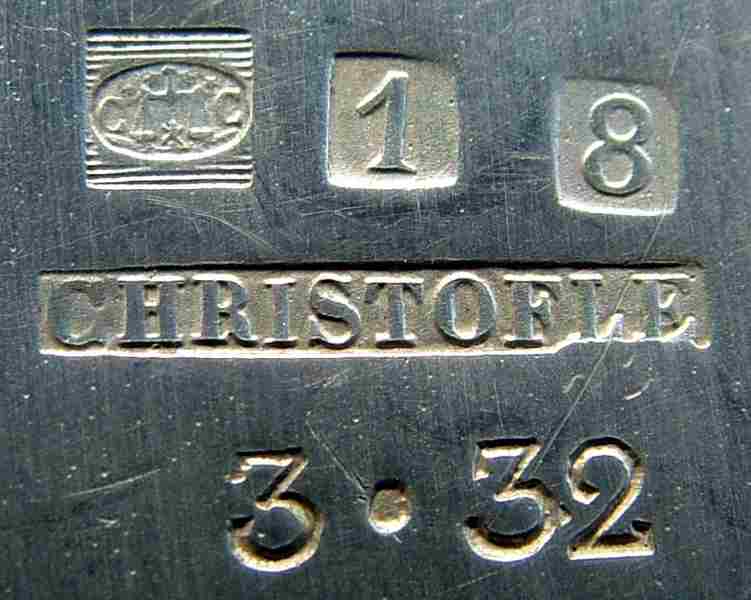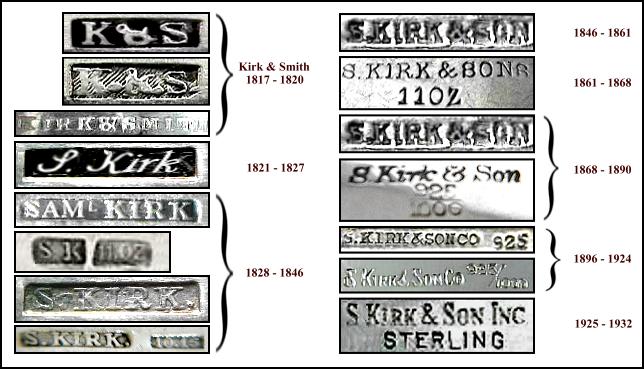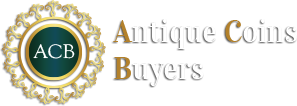Christofle is a French manufacturer of fine silver flatware and other home accessories. The company was founded in 1830 when Charles Christofle, then a popular jeweler, expanded his line to include silver picture frames, porcelain dinnerware, crystal vases, and hollowware. A variety of designers and artists helped to create Christofle’s pieces, included famed Parisian silversmith Antoine Perrin, Jean Cocteau, and Gio Ponti, among others.
Like most prominent silver designers, Christofle wanted a way for his customers to identify his pieces and their authenticity. To do this, he placed a hallmark on each of his products through the use of a complex stamping process. These hallmarks are created to identify authentic silver at purchase, and they are intended to be easily seen by the user.
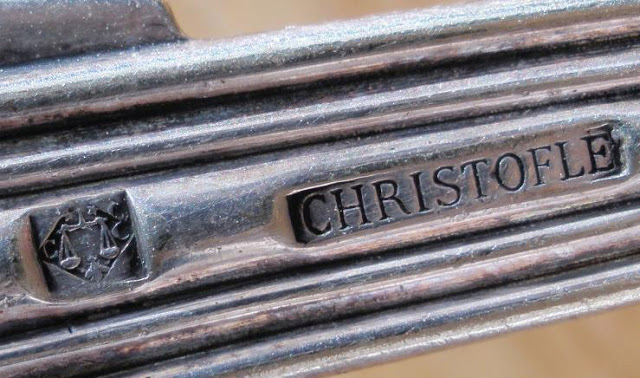
A History of Christofle Sterling Silver Marks
Charles Christofle was the first person to introduce French-made electroplated silver to the world. His pride over this accomplishment led him to mark his items to properly identify his work, and this mark has varied over time. Early marks included the initials “G” and “C” along with a scale in the center. Later marks include the word “Gallia” for the Christofle Gallia silver range above a cockerel. Many pieces are also stamped with “Christofle” next to the maker’s mark.
Silver Marks Since 1976
At the International Hallmark Convention in 1976, changes were made to silver marks that would be accepted in the United States, England and the rest of Europe. To identify an item as sterling silver, most manufacturers adopted the standard silver mark of 925. This indicates that the silver content of a piece is 92.5% – the mandatory amount for an item to claim to be sterling.
If you have a piece that you believe to be an authentic Christofle but it doesn’t contain the 925 stamp – or any other silver hallmark – you should be leery of both its silver content and its overall authenticity. While there are other tests that can help you determine if the item is actual sterling or is simply sterling plated, an antique dealer might be your best option to determine if you are really in possession of a Christofle antique.
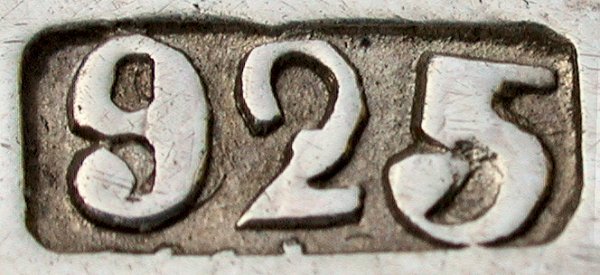
Have Your Silver Examined By a Florida Silver Buyer
Do you believe that you might have a silver Christofle piece, but you’re not sure if it is authentic? The experienced Florida silver buyers at Antique Silver Buyers can help. Not only do we have experience identifying the hallmarks of Christofle items, but we can also tell you exactly how much your piece – or collection – might be worth. With a comprehensive market analysis, we’ll give you an idea about how much your antique would sell for at an auction. We’ll even purchase them (at a bid just below our market analysis) if you are interested in selling.
